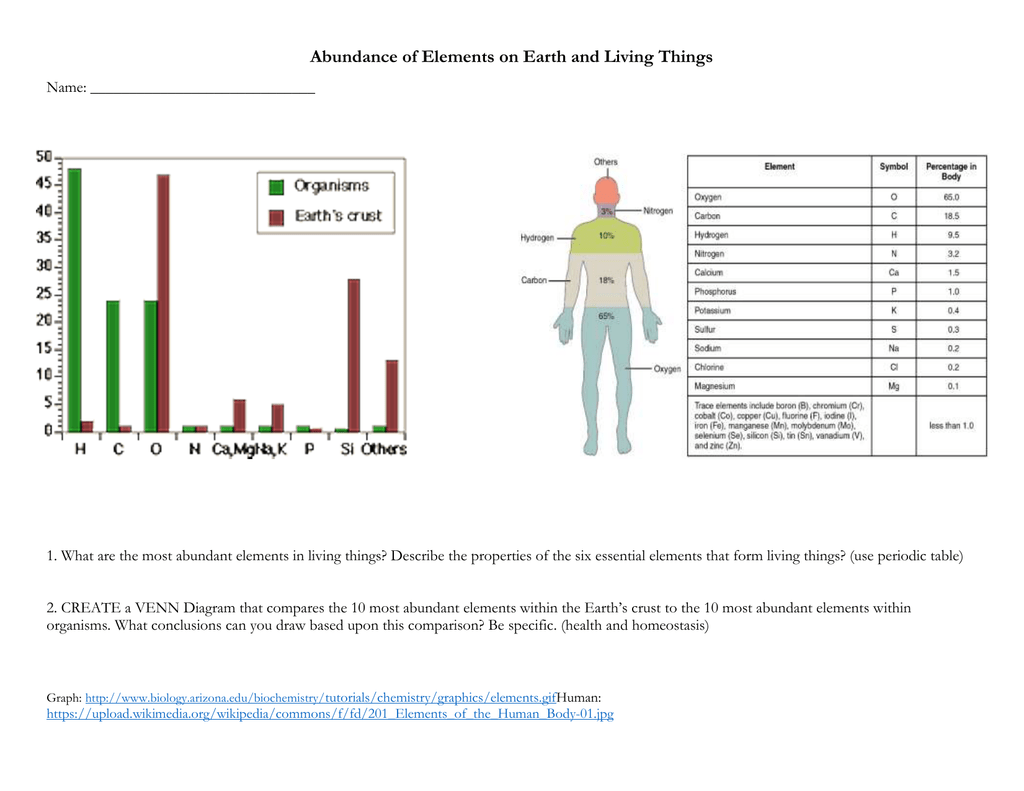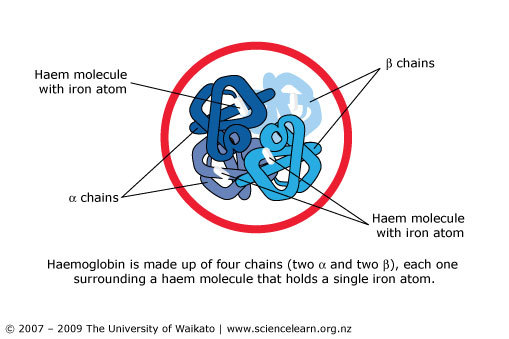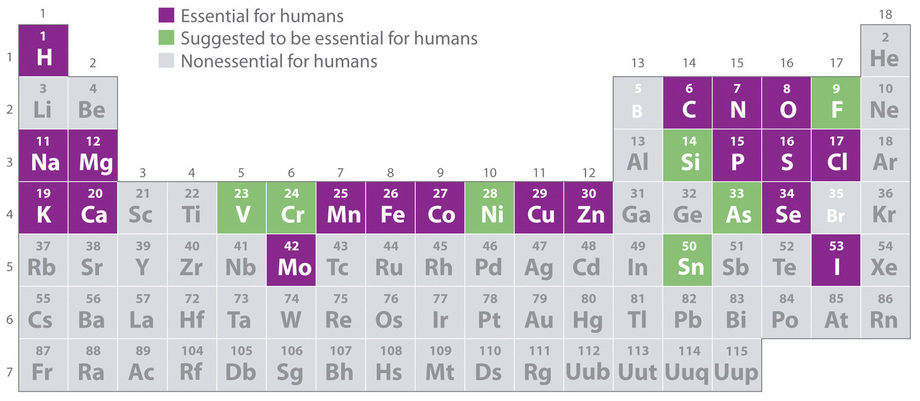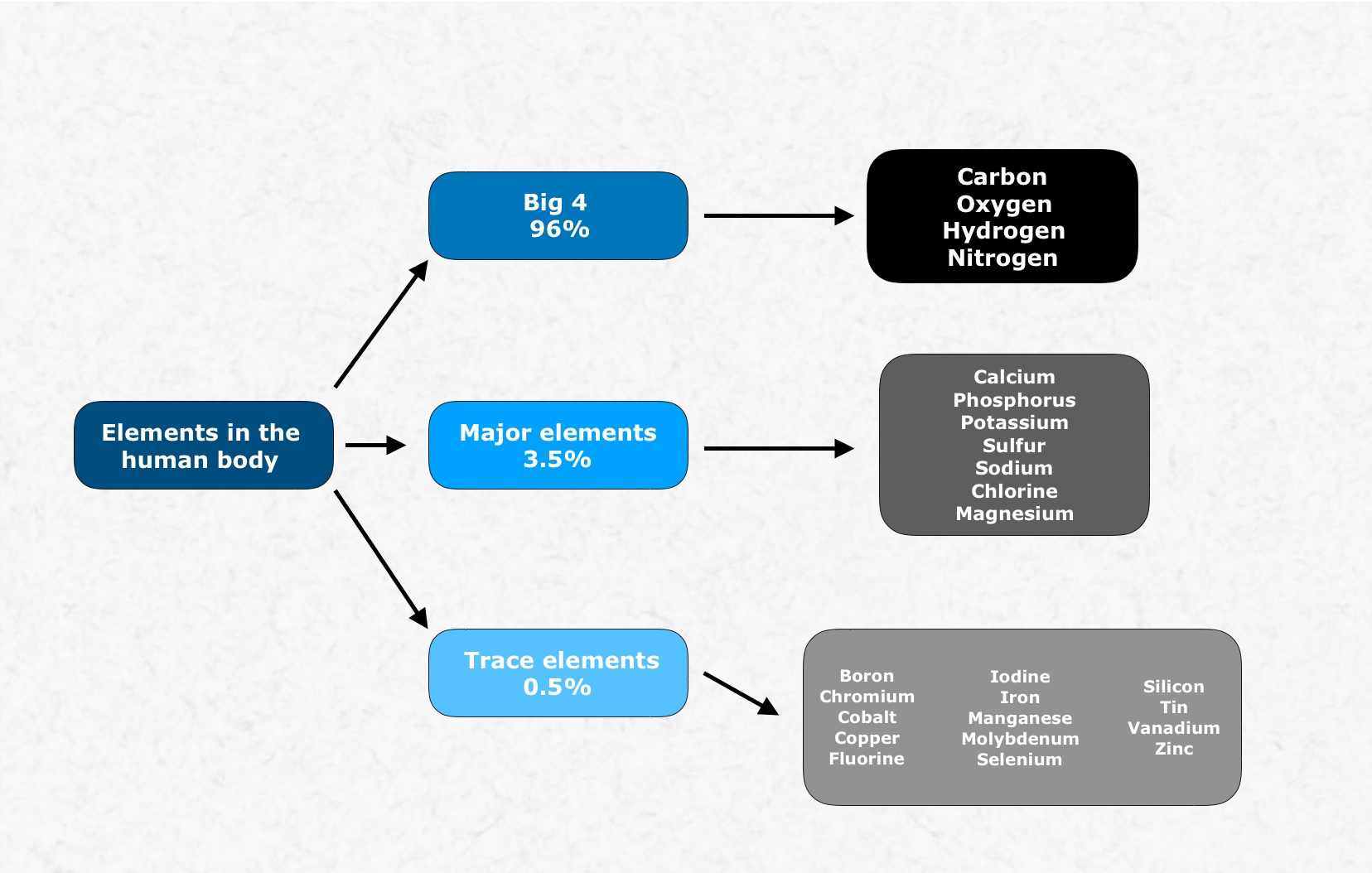The seeds fall to the ground. Watering and fertilizing plants in your home provides them with components of the.

Components Of Ecosystem Biotic Abiotic Components Videos Examples
In turn the hummingbirds inadvertently pollinate plants that produce seeds.

. The six most common elements associated with organic moleculescarbon nitrogen hydrogen oxygen phosphorus and sulfurtake a variety of chemical forms and may exist for long periods in the atmosphere on land in water or beneath. Identify the steps in the scientific method. Living organisms draw their essential elements from.
The six most common elements in organic moleculescarbon nitrogen hydrogen oxygen phosphorus and sulfurtake a variety of chemical forms. These elements are essential for living organism during process of the living cycles as Krebs cycles glycolysis and cell division. Chemical elements that are essential for most living organisms.
The burners on an electric stove convert. Describe homeostasis and its importance. The atmosphere lithosphere and hydrosphere Groups of organisms that may have been separated for millions of years may be brought together in new combinations primarily by.
The four elements common to all living organisms are oxygen O carbon C hydrogen H and nitrogen N. An essential element is one whose absence results in abnormal biological function or development that is prevented by dietary supplementation with that element. There are plants which eat insects.
Trace elements fulfill functions within living organisms. These elements which are abundantly found in all living organisms are Nitrogen Hydrogen Carbon Oxygen Calcium and Phosphorus. These four elements constitute about.
Living organisms draw their essential elements from a. Give students a copy of the periodic table and have them locate these symbols and record the names for each element. All compounds can be classified in two broad categories --- organic and inorganic compounds.
The atmosphere and lithosphere. Recognize the difference between dependent and independent variables. In the non-living world elements are found in different proportions and some elements common to living organisms are relatively rare on the earth as a whole as shown in Table 1.
Organic compounds are made primarily of. What element is found in all living things on earth. Mammals like ourselves are thought to use only 25 of the 116 known elements.
Together these four elements make up about 96 of the total weight of all living. The atmosphere lithosphere and hydrosphere. Living organisms draw their essential elements from.
There are six elements which constitute the largest weight in living organisms. Native plants are vital to the ecosystem that community of living organisms which depend on each other and the environment to survive. 95 of your body weight.
Ask them why the graphic says Served with a grain of NaCl. Apart from oxygen these elements are not found as pure elements. Oxygen carbon hydrogen and nitrogen.
Every organism begins life as a single cell. Oxygen nitrogen phosphorus and sulfur. Oxygen hydrogen phosphorus and carbon.
A the atmosphere B the lithosphere C the atmosphere and lithosphere D the atmosphere lithosphere and hydrosphere. Lead them to realize that NaCl is salt and contains elements that are essential for most life forms. Electricity into heat which cooks the food.
Within living beings they remain in balance and both their absence and their excess can cause problems in the organism to become pathological. Rather than flowing through an ecosystem the matter that makes up living organisms is conserved and recycled. Instead they are found either dissolved in water in an ionic form such as sodium ions and chloride ions or as.
All living organisms are primarily composed of the same four elements. Biology Essential Elements By the end of this course students should be able to. Carbon hydrogen nitrogen and oxygen.
These elements are found in living things in the form of Water Glucose Glycine and Calcium phosphate. Living organisms contain relatively large amounts of oxygen carbon hydrogen nitrogen and sulfur these five elements are known as. They may be stored for long or short periods in the atmosphere on land in water or beneath the Earths surface as well as in the bodies of living organisms.
As our knowledge of the chemistry of living systems biochemistry increases we learn more about essential elements. About 19 of the approximately 115 known elements are essential for humans. Which of the following is not a trace element in Living organisms.
For example hummingbirds need nectar from blossoms for food. Living organisms derive most of their requirements for survival from the non living sources of earth. The Trace elements Are bioelements present in all living beings being chemical elements that can be found in almost any living particle.
I hope this help you. Fungi are the group of organisms which subsist on dead and decaying matter. Identify the characteristics of life.
Carbon - hydrogen bonds or carbon - carbon bonds. Natural organic compounds typically consist of some combinations of carbon hydrogen. Living organisms draw their essential elements from.
Most common elements in living things are. Elements Macromolecules in Organisms. Mushrooms that we relish as vegetarian food are fungi.

Abundance Of Elements On Earth And Living Things

The Essential Elements Science Learning Hub

1 9 Essential Elements For Life Chemistry Libretexts

Basic Chemistry Chemical Elements Basic Unit Of Matter 92 Recognized Elements 25 Essential For Life 6 Major Elements In Living Organisms Carbon Ppt Download

Living Organisms Draw Their Essential Elements From A The Atmosphere B The Lithosphere C The Brainly Com

The Six Elements Found In Organisms Video Lesson Transcript Study Com

0 comments
Post a Comment